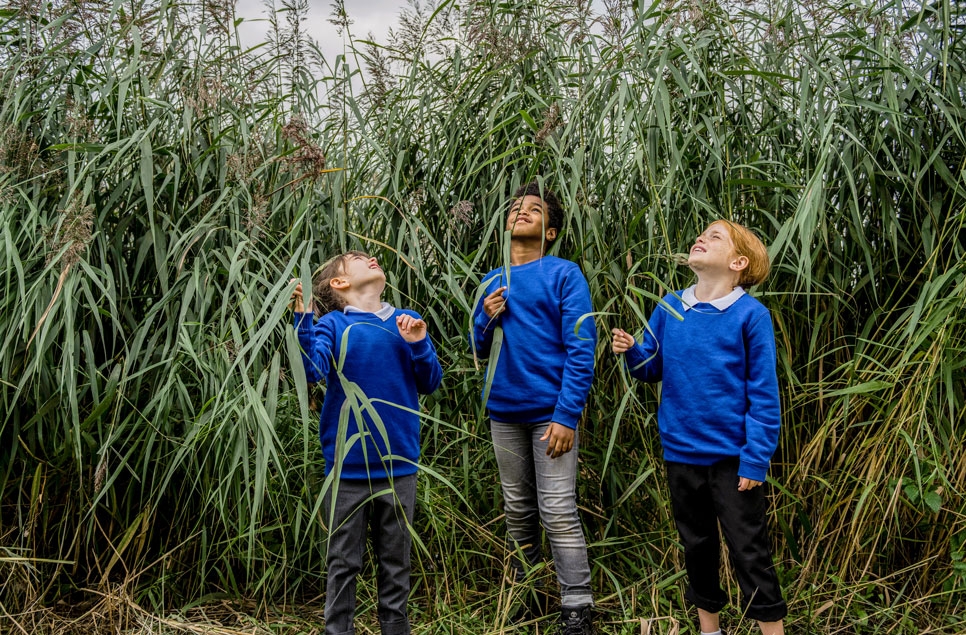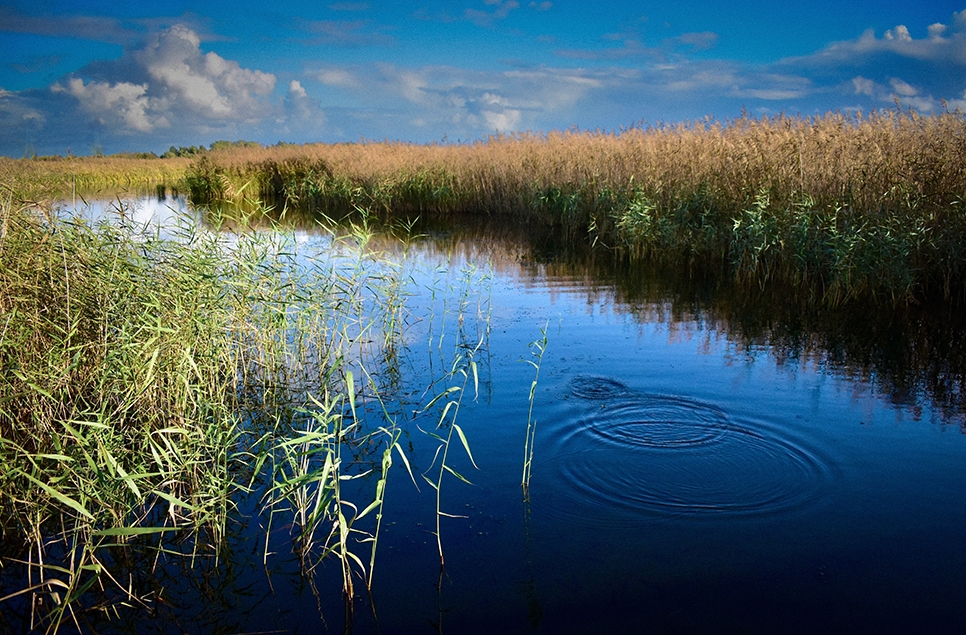Saving curlews
Mary Colwell on what drove her to fight for one of the UK’s most endangered birds.
Mary Colwell on what drove her to fight for one of the UK’s most endangered birds.
I grew up on the Staffordshire moorlands, where they became a soundtrack to my childhood on walks with my dad. I didn’t then know what that song was, but it filtered into my psyche and wove itself into my DNA.
Then I got to see and understand curlews. I remember a particular moment when I was about to cross on a ferry to Orkney and I saw them in a field and there were so many, all feeding. I remember thinking - that's such a lot of big birds and they're so beautiful, so sculptural with all those curves and arcs and a gentleness about them. Though they haven't got bright, showy colours they are somehow utterly beautiful with an understated magnificence. I liked something about the way they lived in the world, sang to the world, and drifted through the world with a light touch.

A few years back, I was working for BBC Radio 4 in the Natural History Unit and all sorts of emails and faxes started to come in. Many of them were from Birdwatch Ireland saying we're in a really serious position here with curlews - do you want to cover their story? I did a couple of radio pieces, but then in 2015 a paper appeared which identified the curlew as one of the greatest conservation priorities in the UK. That was such a shock. This wonderful bird that you could still see in big numbers around the coast in winter. How intriguing and how worrying. How big were the losses - 30, 40 per cent? Ireland was reporting a 90% decline.
It hit me like a flash or a thunderbolt - I had to do something. I'd come to the end of a big contract at the BBC and I came up with the idea of walking 500 miles and decided to go west to east so that I could take in Ireland. I wanted to go to places from where the birds had disappeared and where they were just hanging on. Were they just a memory or were they doing okay? I would talk to scientists and conservationists but I also wanted to talk to ordinary people – farmers, birdwatchers, poets, writers, anyone who would talk to me.

On the walk, I was standing in a farmer's yard and it had become abundantly clear to me that these birds had become endangered because of so many factors from farming and development to predators and disturbance. It felt as if the modern world had turned its face against these birds. That's when I decided to hold a series of big conferences to get everyone together to talk about how it could be sorted out.
WWT was a natural fit for one of those conferences, particularly in southern England where the birds are doing very badly. They're declining in the uplands but nowhere like as fast as they are in the lowlands where the losses are catastrophic. We had a meeting at Slimbridge and that was really important because out of that came what's called the Curlew Forum, a loose amalgamation of groups working in lowland England brought together to meet, exchange ideas, share best practice. And that's still going today and WWT were and are at the heart of it. I was given the Marsh Award in 2019 and that was a real accolade from WWT.
When I did my walk back in 2016, someone mentioned that maybe we should start farming curlews and I laughed. What a ridiculous idea – this was a bird of wild open spaces. And then someone else suggested that maybe we should raise them in captivity. Here we are, five years later with five or six 'headstarting' projects around the country, and more to come. My role isn't hands-on - I go to visit projects, write about them, publicise them as much as I can. I try to keep that level of general interest going because this project's success depends on buy-in from so many people who are prepared to put up with a little bit of inconvenience and sacrifice to help wildlife thrive again.

Curlews are fantastic ambassadors for WWT because they tie the places that WWT is so good at protecting together. Yes they are birds of the obvious wetlands, mudflats and estuaries, but they are also birds of the wet grasslands, the meadows and the other wet parts of our farmed landscapes and that's where we need to be, talking to landowners and managers that have suitable habitat. The curlew fits the bill on all of them.

Article by
Mary Colwell



